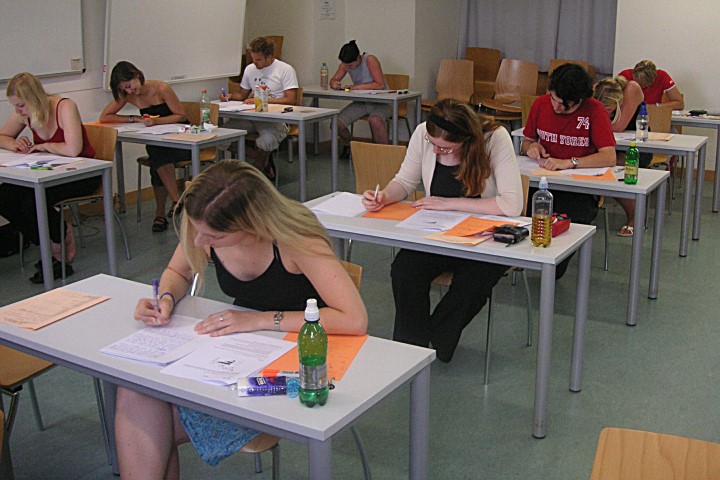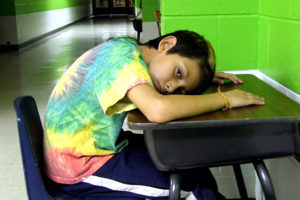Experts suggest “contract cheating” is on the rise.

Research published in Frontiers in Education estimates that 31 million college students worldwide are paying someone else to complete their assignments, a practice known as “contract cheating.”
The article reviewed dozens of studies pertaining to contract cheating in recent decades to better understand the problem, and the data suggest the problem is on the rise. The study’s author, Philip M. Newton of Swansea University Medical School, wrote:
This study synthesized findings from prior research to try and determine how common commercial contract cheating is in Higher Education, and test whether it is increasing…. Seventy-one samples were identified from 65 studies, going back to 1978. These included 54,514 participants. Contract cheating was self-reported by a historic average of 3.52% of students. The data indicate that contract cheating is increasing; in samples from 2014 to present the percentage of students admitting to paying someone else to undertake their work was 15.7%, potentially representing 31 million students around the world.
Other research suggests the problem is significant as well. Jedidiah Evans, writing on phys.org, noted that “in 2017 alone, the UK’s Daily Telegraph reported more than 20,000 students had bought professionally written essays from the country’s two largest essay-writing services.” Evans cited some responses to the concern, observing that the UK was considering legislation to make these essay-writing services illegal and that New Zealand had already passed such a law.
Evans also pointed to survey research in Australia in which international students reported less confidence in their understanding of what constituted acceptable academic practice. Hence, while laws might be passed, or software detection of contract cheating might one day be available, Evans argues that “a more considered response must take into account the complex reasons students turn to these services in the first place.”
This question has been explored by Zachary Goldman and Gretchen Brion-Meisels in research summarized by Goldman in his essay “Why Do Students Cheat?,” published on Usable Knowledge, a website of the Harvard Graduate School of Education. Goldman and Brion-Meisels asked students in a Texas classroom and a Massachusetts classroom to describe their experiences with cheating.
In Goldman’s words, “They wrote from a range of perspectives, grappling with what constitutes cheating, why people cheat, how people cheat, and when cheating might be ethically acceptable. In doing so, they provide us with additional insights into why students cheat and how schools might better foster ethical collaboration.” Goldman recounts a variety of rationales the students provided for cheating, including personal “misjudgment” about appropriate means, peer pressure, and the need to satisfy “a higher level goal,” such as graduating from high school.
The resort to “a higher-level goal” was clearly observed by author and educator Kathryn Wiens in her 2013–2014 qualitative research in six elite high-tuition secondary schools. In her essay “Prestigious Independent Schools: Between Honor and Excellence,” published in the book The Content of Their Character: Inquiries into Varieties of Moral Formation, Wiens reported interviews in which students admitted to cheating despite their schools’ emphasis on honorable conduct. The students’ rationale was captured in the comment of one student at an all-boys school: “Sometimes we are forced to be ungentlemanly to achieve the neurotic level of success the school expects.”
Wiens noted that the tension “between honor and excellence” seemed to be better managed, and the incidence of cheating infrequent, in the schools that did not stress “the traditional markers of academic achievement, such as AP scores, SAT scores, and Tier-1 college admission.” These schools, she noted, were still academically demanding, but their explicit and implicit messages seemed, in effect, more focused on mastering the academic work than on bolstering the schools’ results.
# # #



